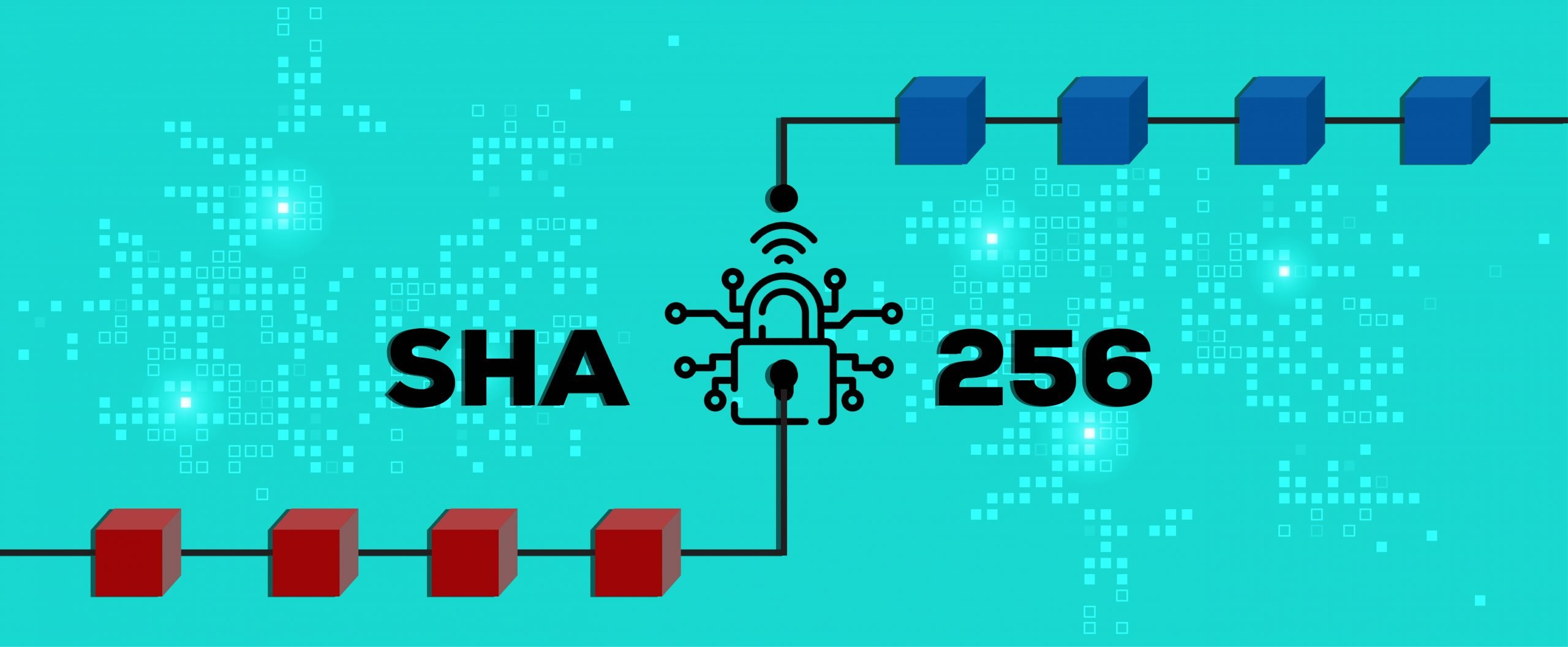Hashes In Crypto SHA256 Algorithm Secure Bitcoin
What Are Hashes In Crypto SHA256 Algorithm Secure Bitcoin
- A hash is a mathematical function, which turns an arbitrary input into a set length encrypted output. Therefore its unique havoc is always the same, independent of the original quantity of data and file size. Hash functions are "one-way" (like a grinder on meats; you can't get ground beef back to the steak)
- In addition, hashes cannot be used to reverse-engineer inputs from a hashed result. However, if you run a function on the same data your hash is the same so that if you already know its hash, you can confirm that it is the same data (i.e. not altered).
- SHA-256 is a common Bitcoin encryption hash method. There are numerous blockchain projects SHA-256 has been implemented, including several currencies produced using forks from the original Bitcoin source code.
- The SHA-256 mining algorithm protects about $45 trillion in digital currencies as of this written date among the top three SHA-256 market capitalization-based blockchain projects—Bitcoin (BTC), Bitcoin Cash (BCH), Bitcoin Satoshi's Visions (BSV).
- The SHA-256 algorithm uses every input to generate a fixed-length output (commonly referred to as a hash). Whether the input is only one word, a whole phrase, a book page, or a whole book, the output is always the same length for a hashing algorithm such as SHA256.
- In particular, the number will be 256 bits, 32 bytes, and 64 alphanumeric letters. All outputs seem totally altered and give no input information.
- It is an essential element of the mining in the Bitcoin Network and many smaller Proofs of work networks. The SHA-256 algorithm is vital. Its function is particularly significant since Bitcoin (BTC) is the first blockchain in the world today and by total market capitalization, it is the biggest virtual currency.
- SHA-256 was the first hacking algorithm used on a blockchain network to check transactions using an Evidence for Work consensus mechanism. It is crucial to highlight that Bitcoin was not the first working evidence system.
- The earliest implementation is regarded to be HashCash, evidence of work method created in 1997. SHA 256 hash enables a work-proof network where computers are running to answer a hard arithmetic issue. Once the answer is found on a computer, it will broadcast this solution on the peer-to-peer network to the remaining computers.
- This is evidence of their effort on the other machines which tried to resolve the same issue since each network computer checks the solution independently.
Top Case Studies You May Like






